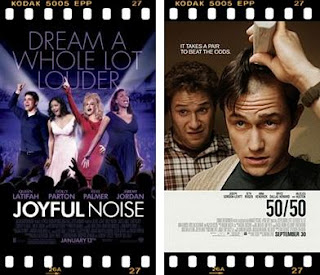It’s
hard for me to watch a movie without audible dialogue and the usual sound effects that mark everyday life. To compensate, I found myself reading the actors’ lips with
great effort, ad lib what should have been spoken and wound up mentally exhausted
by the end of the movie. Kind of like running ahead of the laconic intertitles that leave a lot unsaid!
Silent movies, quiet libraries, and a solitary walk in
the park without headphones have the capacity to accentuate one’s internal
self-talk. The movie helps me realize that hearing people talk is so important
to how I experience and enjoy life and relationships, and how frustrating and
inhibiting it is when open communication is missing.
More
than just an absence of sound, silence spans an impenetrable space between
people. Look around and see if people don’t sit further apart when they are silent
than when they are engaged in conversation.
Silent
film actors have good mastery of body language, facial expressions and dramatic
pacing to make up for the lack of sound. The Artist dramatizes the career trajectory
of a well-loved silent film actor, George Valentin,
from its peak to eventual demise. He feels inexorably that talking movies distract
audience and downplay the dignity of acting. As talking movies appear and replace
silent movies, George beomes a repressed icon that fades into his own world of
silence. His dog, Uggy, becomes the de facto liason between silent George and
the speaking world. George also has a guardian angel in the form of an up and
rising silent-turned-talking movie star who is grateful for the first break he
gave her earlier on.
If
every man who hits rock bottom has a supportive community like George, the
turnaround would be much faster. He has a faithful dog, a guardian angel, and a
chauffeur cum buttler so loyal he works without salary for a year just to serve
him. But he prefers to languish alone in the jaded glory of the past in an empty apartment than
courageously embrace a new future in a supportive community. Pride can be an inseparable companion to a man bankrupt of hope.
Clearly,
a change of circumstances hardly changes the core of a man. It’s often
frustrating to help someone determined to spend his life in gloom and doom.
Fortunately,
this movie ends on an upbeat note when George relents by taking a dancing
role in a 'talkie' [speaking movie]. Ultimately, he learns to dance to a different tune
and finds a new lease of life!



